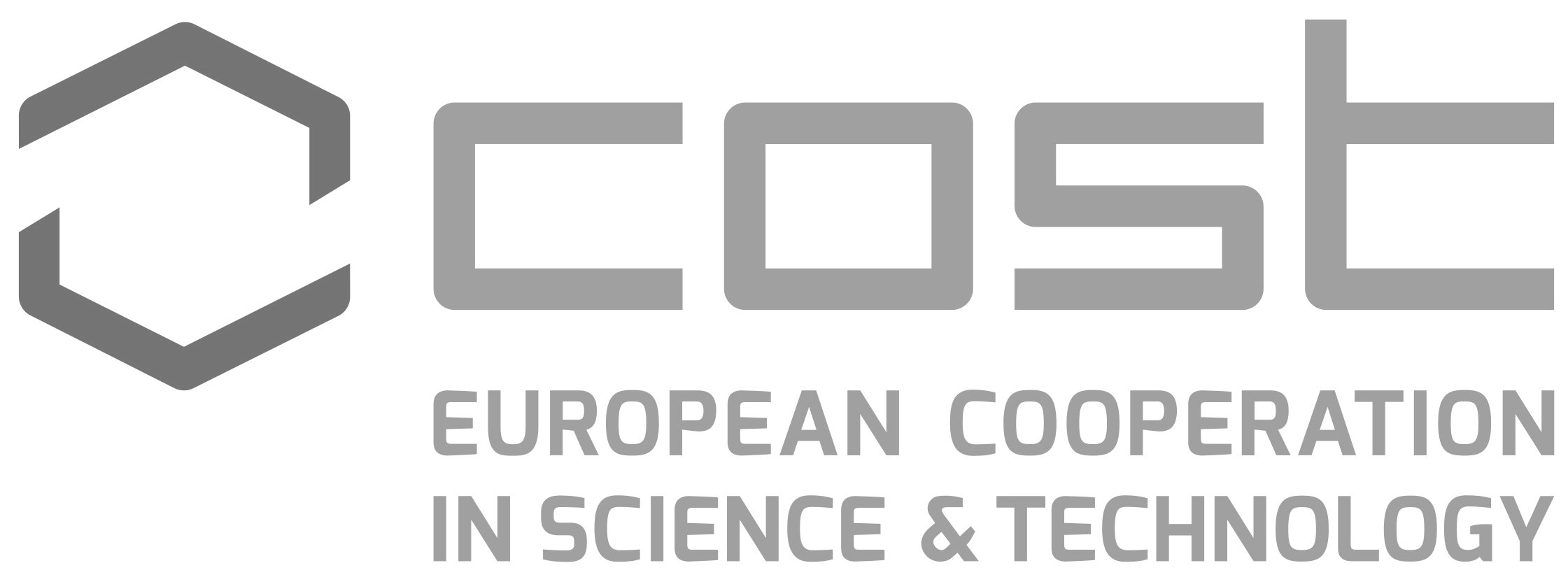Organization and Function of Cellular Structural Networks
A special issue of Cells (ISSN 2073-4409). This special issue belongs to the section "Intracellular and Plasma Membranes".
Deadline for manuscript submissions: closed (15 June 2021) | Viewed by 86172
Special Issue Editors
Interests: cell nucleus; nucleolus; regulation of gene expression; epigenetics; nucleoskeleton; nuclear myosins; actin and phospholipids; lamins; laminopathies; phase separation; microscopy
Special Issues, Collections and Topics in MDPI journals
Interests: glia biology of brain diseases; biology of glia and neural stem cells
Interests: cytoskeleton; intermediate filaments; protein chaperones; small heat shock proteins; crystallins; cataract; lens transparency; lens optical properties; cardiomyopathy; neurodegeneration; desminopathies; crystallinopathies; Alexander disease; GFAP
Special Issues, Collections and Topics in MDPI journals
Special Issue Information
Dear Colleagues,
Structural networks that connect the extracellular matrix and cell surfaces through the cytoskeleton with the nucleoskeleton govern cell, tissue, and organ integrity. Besides their structural roles, these networks participate in a multitude of fundamental functions, e.g., regulating signal- and mechano-transduction, cytoplasmic transport, sequestering biomolecules, maintaining genome organization, and promoting meiosis. Mutations in the building blocks of these networks frequently lead to devastating diseases. The pathogenesis of these diseases is far from being understood and requires a wide interdisciplinary approach that is distinct from the individual research schemes. Based on capacity building measures, coordinated networking and educative activities and interactions with business partners and European research infrastructures, the EuroCellNet COST Action aimed to develop an orchestrated multinational activity grid. This Special Issue collects manuscripts resulting from activities within the Eurocellnet and welcomes original or review contributions related especially to:
- Biophysics of cell and tissue structure;
- Structural analysis of biomolecules involved in mechanobiology;
- New methodologies to study mechanobiology of cells and tissues;
- Mechanobiological principles of rare and common diseases.
Acknowledgement
These articles are based upon work from COST action (CA 15214), supported by COST (European Cooperation in Science and Technology). www.cost.eu
 |
 |
Prof. Dr. Pavel Hozák
Prof. Dr. Elly Hol
Prof. Roy Andrew Quinlan
Guest Editor
Manuscript Submission Information
Manuscripts should be submitted online at www.mdpi.com by registering and logging in to this website. Once you are registered, click here to go to the submission form. Manuscripts can be submitted until the deadline. All submissions that pass pre-check are peer-reviewed. Accepted papers will be published continuously in the journal (as soon as accepted) and will be listed together on the special issue website. Research articles, review articles as well as short communications are invited. For planned papers, a title and short abstract (about 100 words) can be sent to the Editorial Office for announcement on this website.
Submitted manuscripts should not have been published previously, nor be under consideration for publication elsewhere (except conference proceedings papers). All manuscripts are thoroughly refereed through a single-blind peer-review process. A guide for authors and other relevant information for submission of manuscripts is available on the Instructions for Authors page. Cells is an international peer-reviewed open access semimonthly journal published by MDPI.
Please visit the Instructions for Authors page before submitting a manuscript. The Article Processing Charge (APC) for publication in this open access journal is 2700 CHF (Swiss Francs). Submitted papers should be well formatted and use good English. Authors may use MDPI's English editing service prior to publication or during author revisions.
Keywords
- extracellular matrix
- cytoskeleton
- nucleoskeleton
- signal transduction
- mechano-transduction
- cellular transport
- genome organization
- pathogenesis
- cell biophysics
- mechanobiology
- microscopy
- structural biology
Benefits of Publishing in a Special Issue
- Ease of navigation: Grouping papers by topic helps scholars navigate broad scope journals more efficiently.
- Greater discoverability: Special Issues support the reach and impact of scientific research. Articles in Special Issues are more discoverable and cited more frequently.
- Expansion of research network: Special Issues facilitate connections among authors, fostering scientific collaborations.
- External promotion: Articles in Special Issues are often promoted through the journal's social media, increasing their visibility.
- e-Book format: Special Issues with more than 10 articles can be published as dedicated e-books, ensuring wide and rapid dissemination.
Further information on MDPI's Special Issue polices can be found here.








